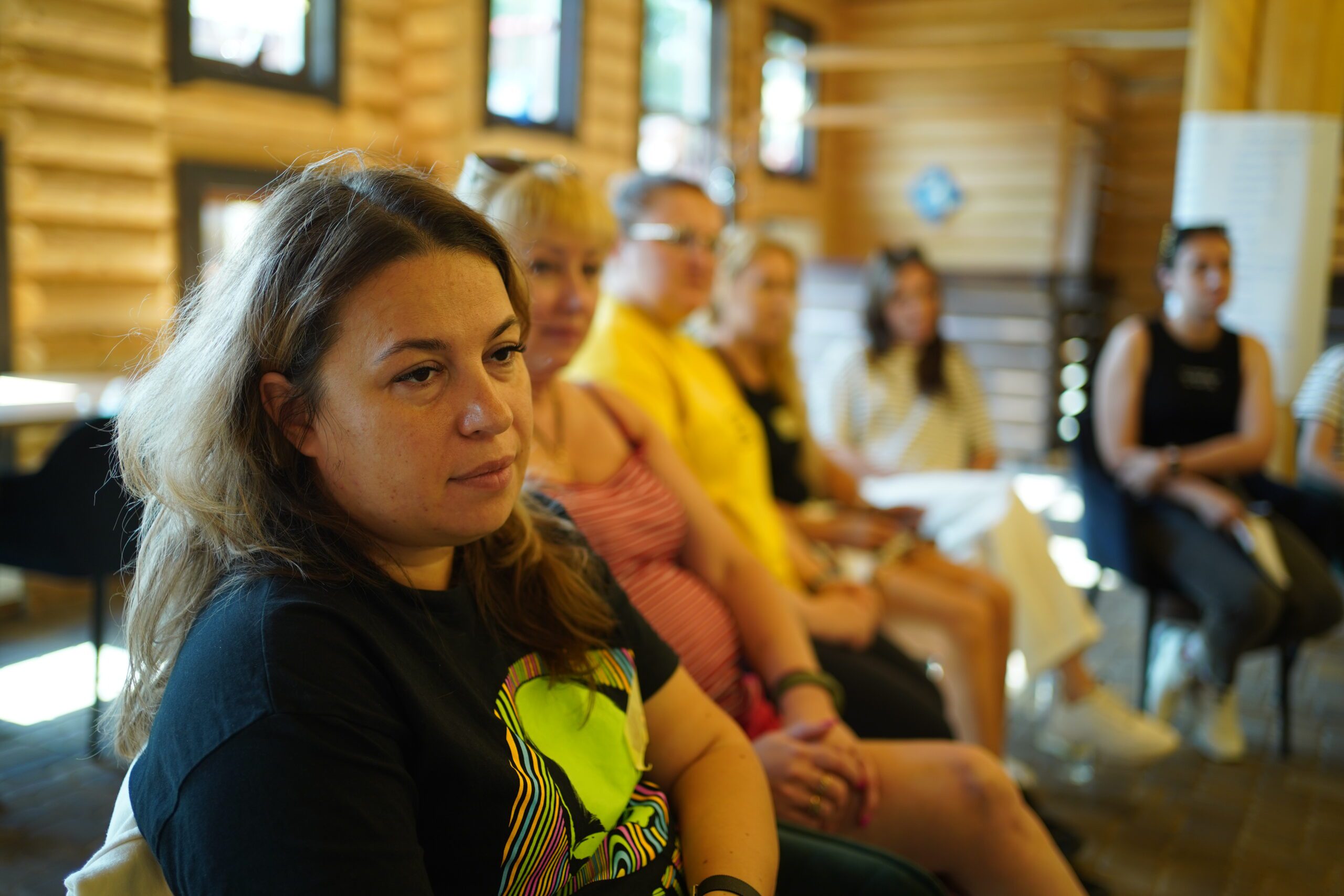Ukraine Develops its Commitment to the Rights of Unaccompanied Minors
By Olga Morkova, HIAS Intern
May 31, 2013
After a little more than a year working at HIAS in Ukraine, I was awarded a Fulbright scholarship to study human rights and refugee law in the United States. Studying in Washington, DC has provided me the opportunity to know HIAS even better. I have been able to meet with colleagues who do the same work we do in Ukraine—helping refugees and promoting human rights—but on the other side of Atlantic Ocean, where the economy and the values of democracy and helping the stranger are more developed.
Having been affiliated with HIAS in both places has increased my confidence in the organization’s mission and dedication to support those in need. Seeing Ukraine’s asylum system from this new perspective allows me to value Ukraine’s comparative freedom from bureaucracy, but also increases my concern about the country’s relatively low level of respect for the rule of law and human rights. However, considering that Ukraine is a young country with emerging immigration law and policy, I have hope that progress will become more evident, and Ukraine will soon serve as an example of a nation that respects those in need of protection.
One of the biggest steps forward that I observed through my work is a change to Ukraine’s policy in its treatment of unaccompanied minors. In 2011-2012, I monitored the migrants’ detention center in Ukraine, where we struggled with numerous detentions of children between the ages of 15 to 17, mainly from Afghanistan and Somalia. However, since August 2012, Ukraine has reportedly stopped violating its domestic and international obligations by avoiding long-term detention of immigrant children.
Problems involving detention of children were caused by several factors. Firstly, there were gaps in domestic legislation. Particularly, the absence of effective age assessment procedures of undocumented minors led to the detention of many children as if they were adults. Secondly, Ukraine does not properly stipulate the automatic release of migrants when they receive a decision regarding their asylum case. In fact, the detainee has to initiate a separate judicial proceeding requesting his or her release. Considering the backlog in Ukraine’s judicial system—which does not have separate immigration courts—and the lack of detainees’ access to legal aid, waiting for release can often become lengthy and exhausting for those in need of protection from their host country. Lastly, the absence of political will in Ukraine with respect to the rights of children was another factor in the detainment of unaccompanied minors. However, as we see progress toward caring about refugee minors, it is likely that Ukrainian immigration authorities will move forward toward the realization of mutual responsibility for disasters and other conflicts that occur outside its borders.
While we should certainly applaud the government’s progress, the role of non-governmental and international organizations in this process should not be underestimated. During my work with HIAS in 2011-2012, I observed and was involved with numerous strategic and emergency interventions through which HIAS and our colleagues in the field stopped deportations of children, got minors released from detention, and launched cases before the European Court of Human Rights. These collaborative successes underscore that it is through the mutual efforts of people and organizations that care—as well as through the work of governments—that change occurs.


